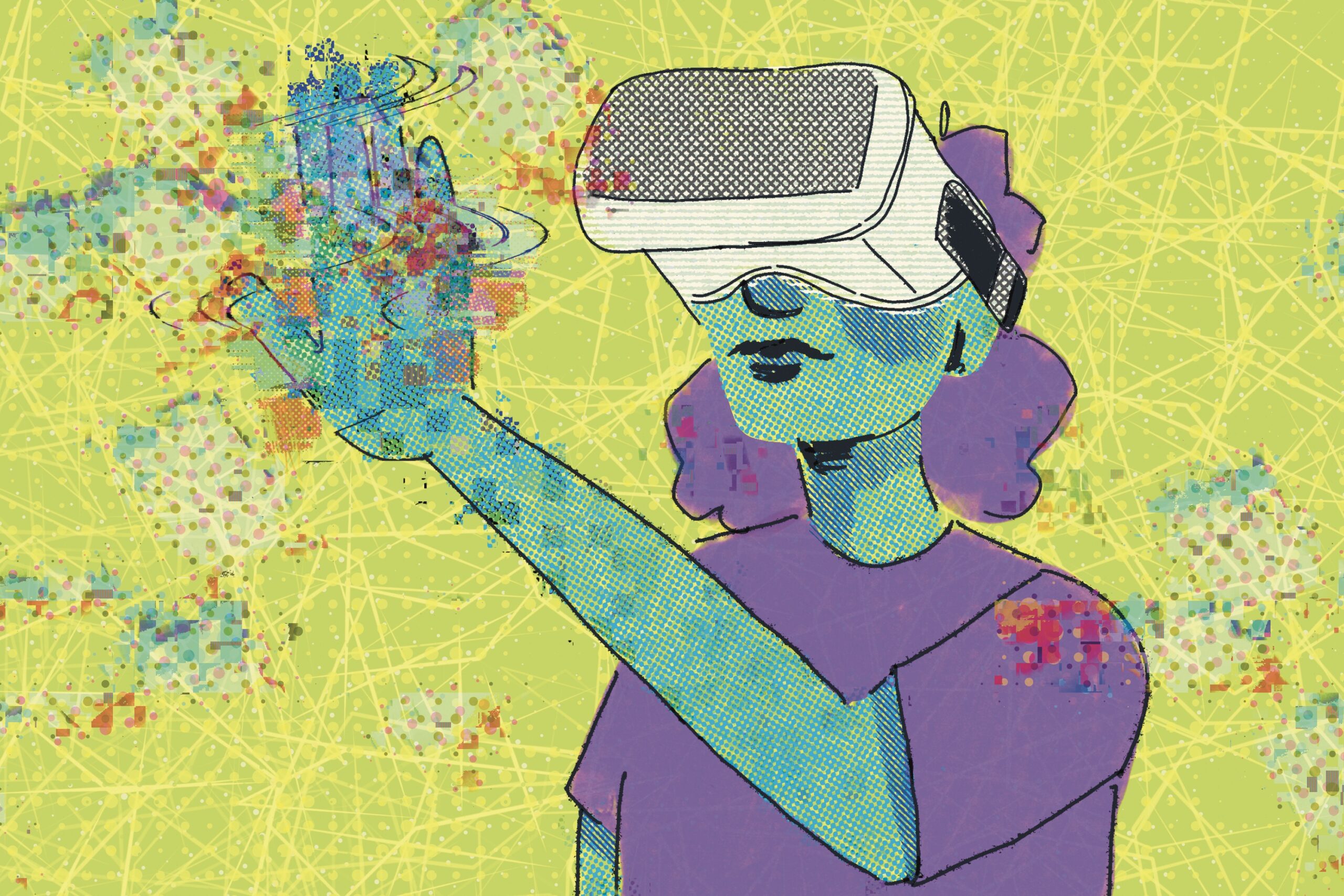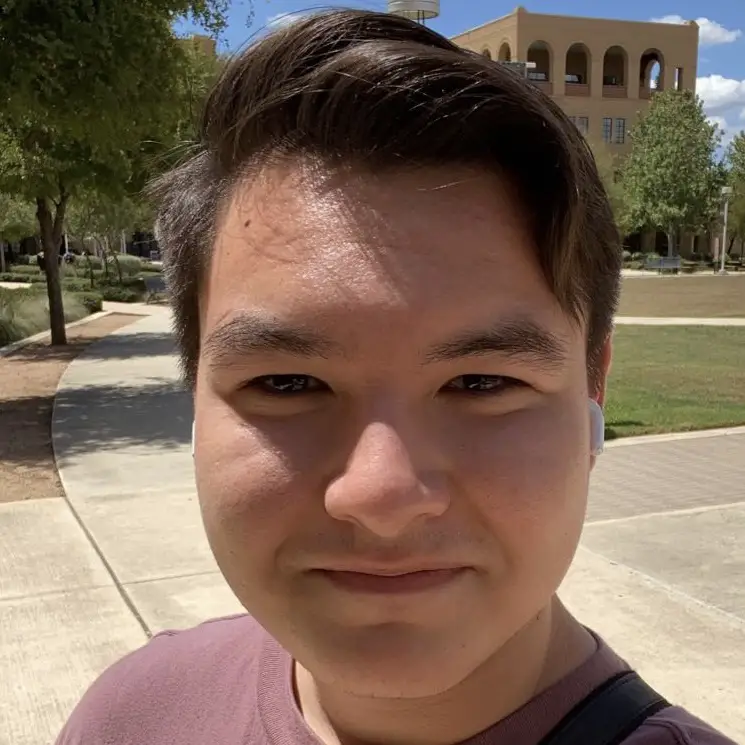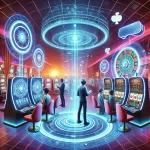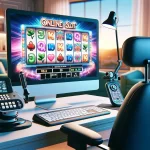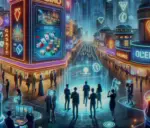There is a plague ravaging the lives of many Americans today. Though it is unnoticeable from an outside perspective. Most will not see the symptoms in others or worse they won’t notice it themselves. This plague increases the likelihood of death by 26% in even the healthiest of people and keeps many from everyday life. But this isn’t a virus or some biblical disease, it’s a major epidemic. A loneliness epidemic.
Whether from major life changes or just experiencing normal ups and downs, loneliness is an almost universal feeling. According to Laura Santos, a cognitive scientist and psychology professor at Yale University, around 60% of Americans report feeling lonely on a regular basis. The obvious reason behind this increased phenomenon can be pandemic isolation but really there is a deeper explanation for this loneliness epidemic. And it has everything to do with the screen you’re reading this on.
The digital age has given humans the luxury of many innovations which have become necessary in our everyday lives. One of the most influential innovations is the virtual social network. This virtual “world” has allowed us to connect with people we would have never met otherwise. It provides opportunities for multitudes of friends on different social media apps. It even allows us to see people from thousands of miles away through virtual reality experiences. If humans are in an age of connection unlike any other period in history, why are we only becoming lonelier?
The answer is beautifully displayed in the ’80s-influenced dystopian “Ready Player One” by Ernest Cline.
The book “Ready Player One” sets the scene in a rundown world where decay and ruin take center stage. Drab colors fill the scene with people who have all the marks of poverty and dispossession. In this grim fictional future, there lies a universe that is bursting with beauty, excess, and excitement. But there is only one caveat.
It only exists in virtual reality.
“Ready Player One” focuses on the experience of Wade Watts (“Parzival” in the digital world), an 18-year-old who lives with his aunt in a trailer complex called “The Stacks.” When he’s not busy trying to survive his desolate surroundings, he can be found on the virtual reality network aptly named the OASIS.
The OASIS was created by the fictional founder and God-like figure, James Halliday. The world he created is where most people live their lives in “Ready Player One.” If you need a job, it’s in the OASIS. If you want to live out your wildest adventures in middle earth,it’s in the OASIS. If you want to get married or even have your own planet, you can do it in the OASIS. You can meet anyone, do anything, and even be whoever you’d like. There are no limitations like in the real world because no fantasy is too unrealistic. Any dream can come true.
But underneath this seemingly digital utopia lies a society that doesn’t know what it’s like to experience physical human connection. Those with enough money can circumvent this issue through haptic feedback suits, but for the vast majority of users physical touch is not commonly experienced. While the story typically focuses on the quest to solve a decades-old mystery made by Halliday himself, it also highlights the issues we have today regarding loneliness in the digital age.
Throughout the novel, there are a few key scenes that showcase the problems of a virtual existence. In one scene between Wade and the secondary protagonist Art3mis, Art3mis says “You can only see what you want to see.” This emphasizes the recurring theme that even if you experience a virtual world that feels lifelike, it is still not entirely real.
This is only further underscored in another scene towards the end of the book where Art3mis and Wade are together in the physical world: “We sat there awhile, holding hands, reveling in the strange new sensation of actually touching one another.” Through this we see that regardless of how realistic the OASIS is, it still does not compare to actual human touch. We see this again when Wade declares his virtual love for Art3mis, and she responds: “You don’t live in the real world… You live inside this illusion. You can’t possibly know what real love is.”
Despite high levels of connectivity brought by such an amazing piece of technology, the human element will always be missing. As Wade says he was just another lonely soul, wasting his life on a glorified video game.
Through these scenes, we find the root of the problem with many of the technologies today. Instead of humans using social media and virtual reality as a supplement to human connection, we are simply relying on it. We have substituted social media connections for human relationships. As clinical psychologist Dr. Charlotte Russel remarks “Human beings are a social species and… if we lack human connection this can have a negative impact on our well-being.” Ultimately, humans need connection in the physical realm just as much as they do virtually. In a study published by the National Library of Medicine, it was found that even a small amount of physical touch could significantly reduce loneliness and increase the quality of relationships.
It’s important to understand the correlation between studies done on loneliness and the digital world. The article “No More FOMO: Limiting Social Media Decreases Loneliness and Depression,” details an experiment of 143 undergraduate students who were randomly assigned to either limit their social media use to 10 minutes a day or maintain their social media habits. In the study, it was found that those who limited their social media usage led to significant improvements in overall well-being and generally felt less lonely.
The article “Virtual Reality Tourism Experiences: Addiction and Isolation” reinforces this correlation and shows that virtual reality often led to experiences of isolation and loneliness in participants. One member of the test group noted his feelings of isolation, specifically finding that the technology had a way of dividing humans not just physically, but emotionally as well.. These ideas directly tie back to the narrative of “Ready Player One.” While we do not have the level of reliance that the characters in the book do, we can still see these negative effects in our lives today.
These negative effects are what make “Ready Player One” so relevant. There are real negative consequences that come from excess reliance on the virtual world. While the book may just seem to be an entertaining story about the future, it also holds serious commentary on the real world. Often the characters grapple with the fact that the world they spend most of their time in is not a true one. Humans go through the same issues regarding social media and virtual reality.
Social media allows us to be whoever we want without the need of intimacy or face-to-face connection. Virtual reality gives us the ability to live out our wildest dreams all from the comfort of home. These advances are truly revolutionary and have helped so many humans connect but still when this technology is used in excess, loneliness becomes a serious issue.
We do not live in a world where all of our lives are spent virtually yet, but we do live in one that faces the same problems. As of now, the future only promises to bring us closer to inventions such as the OASIS. With that in mind, it is vital that we recognize the effects of loneliness and the role that the digital world plays.This isn’t to say that there are not many positives of these new technologies. Being cognizant of the issues that can arise from excess usage can help to stop some of the loneliness epidemic that we face today. The real world is exactly that. Real. No simulation or social media could ever replace that.
The creator of the OASIS puts it best when he notes “As terrifying and painful as reality can be, it’s also the only place where you can find true happiness. Because reality is real.”
While it’s not easy, there are things that can be done to ensure we find this real world happiness.Reaching out to friends that are only seen in the virtual world is a good way to start. Or maybe even just taking the headset off for a while and seeing the real world wonders around us. It can even be as simple as having a five minute conversation. Making these real world relationships are vital to human happiness. Hopefully we can start implementing some of these tactics and take our head out of the cloud.
And who knows… It might just make this world a little less… Lonely.


